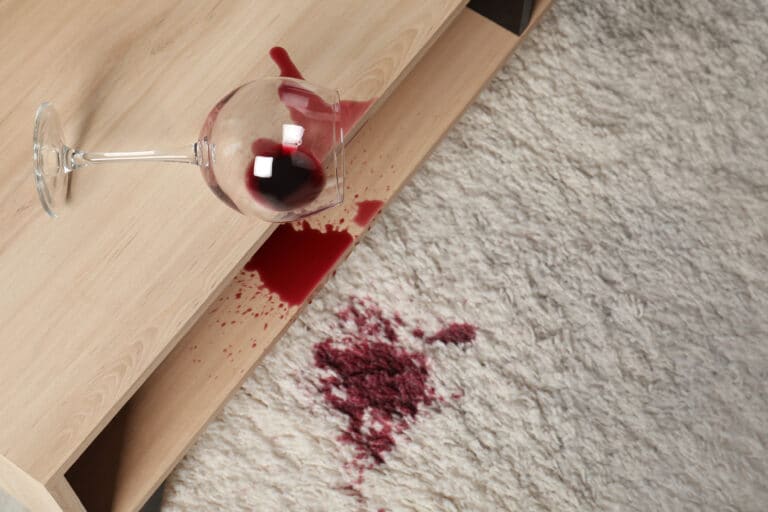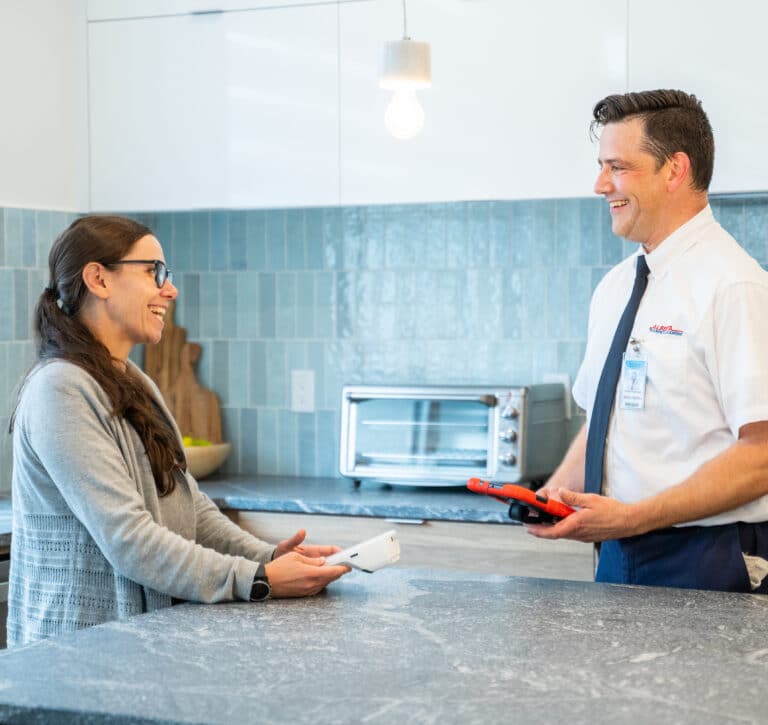Understanding Filtration Staining in Carpets: What You Need to Know
Have you ever noticed those mysterious dark lines or streaks along the edges of your carpet? This is what we call filtration staining. While not as well-known as other carpet stains, filtration staining can be a frustrating issue that affects the appearance of your carpets. Let’s explore what filtration staining is, how it occurs, and what you can do about it.
What is Filtration Staining?
Filtration staining, also known as filtration soiling or edge darkening, refers to the dark lines or streaks that form along the edges of carpets. These stains are often more noticeable on lighter-coloured carpets, and they can detract from the overall look of your flooring.

Causes of Filtration Staining:
The main cause of filtration staining is the filtration of air through the carpet fibers. When air circulates in a room, it naturally seeks the path of least resistance. As a result, it tends to flow along the edges of walls and baseboards, carrying small particles with it. These particles, including dirt, dust, and other pollutants, get deposited along the carpet edges over time, leading to the formation of the dark lines or streaks characteristic of filtration staining.
Factors Affecting Filtration Staining:
Several factors can contribute to the development and severity of filtration staining:
- Airflow Patterns: Air tends to follow predictable patterns in a room, and areas with limited air circulation, such as near walls or doorways, are more prone to filtration staining.
- Carpet Construction: Certain carpet constructions, such as tightly woven or low-pile carpets, can make it easier for particles to become trapped and accumulate along the edges.
- Lack of Proper Sealing: Gaps or improper sealing between the flooring and walls can allow air to pass through the carpet, increasing the likelihood of filtration staining.
- Air Quality: The presence of airborne particles, such as dust, soot, or smoke, can contribute to filtration staining. These particles can enter the indoor environment through open windows, combustion processes, or HVAC systems.
Addressing Filtration Staining:
While filtration staining can be a stubborn problem, there are steps you can take to minimize its impact:
- Regular Vacuuming: Vacuuming your carpets frequently, paying extra attention to the edges and baseboards, can help reduce the accumulation of particles and slow down the progression of filtration staining.
- Professional Carpet Cleaning: For more significant or stubborn filtration staining, give us a call. We have specialized equipment and cleaning solutions that can effectively tackle this type of staining and restore the appearance of your carpets. To book your appointment online, click here.
- Improving Air Circulation: Enhancing the airflow in your home can help reduce filtration staining. Consider using fans, opening windows, or ensuring proper ventilation in rooms with limited air circulation. Another great way to enhance airflow is turning on your furnace fan. You can leave it running all year round! For more on the benefits of using your furnace, click here.
- Sealing Gaps: If you suspect that gaps or improper sealing contribute to the problem, consider sealing those areas to prevent air from passing through the carpet.
Filtration staining can be an unwelcome surprise for many homeowners, but understanding its causes and taking appropriate action can help minimize its impact. Regular vacuuming, professional carpet cleaning, improving air circulation, and addressing gaps or improper sealing can all contribute to reducing the appearance of filtration staining. By being proactive and taking care of your carpets, you can maintain their beauty and prolong their lifespan.


